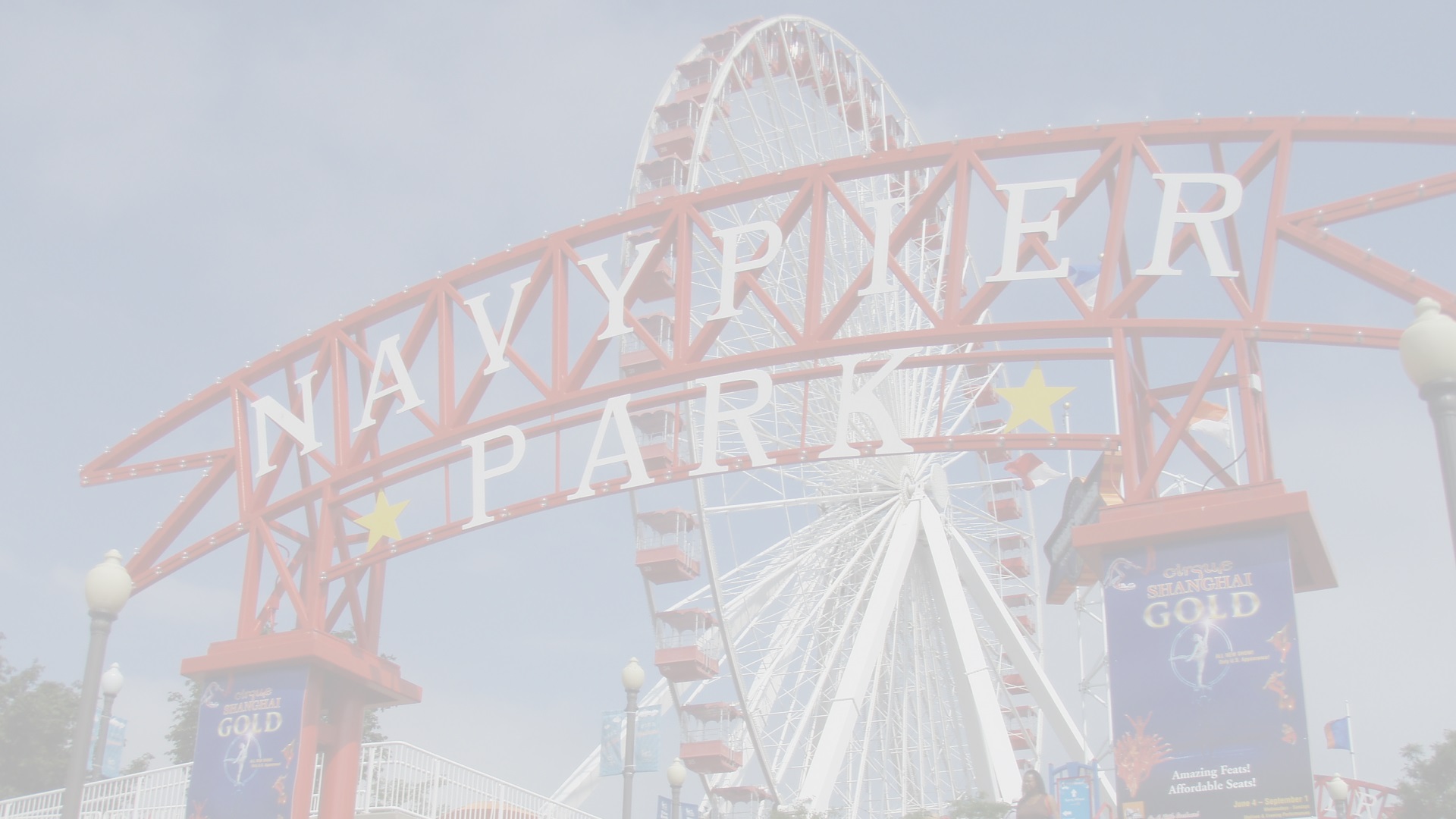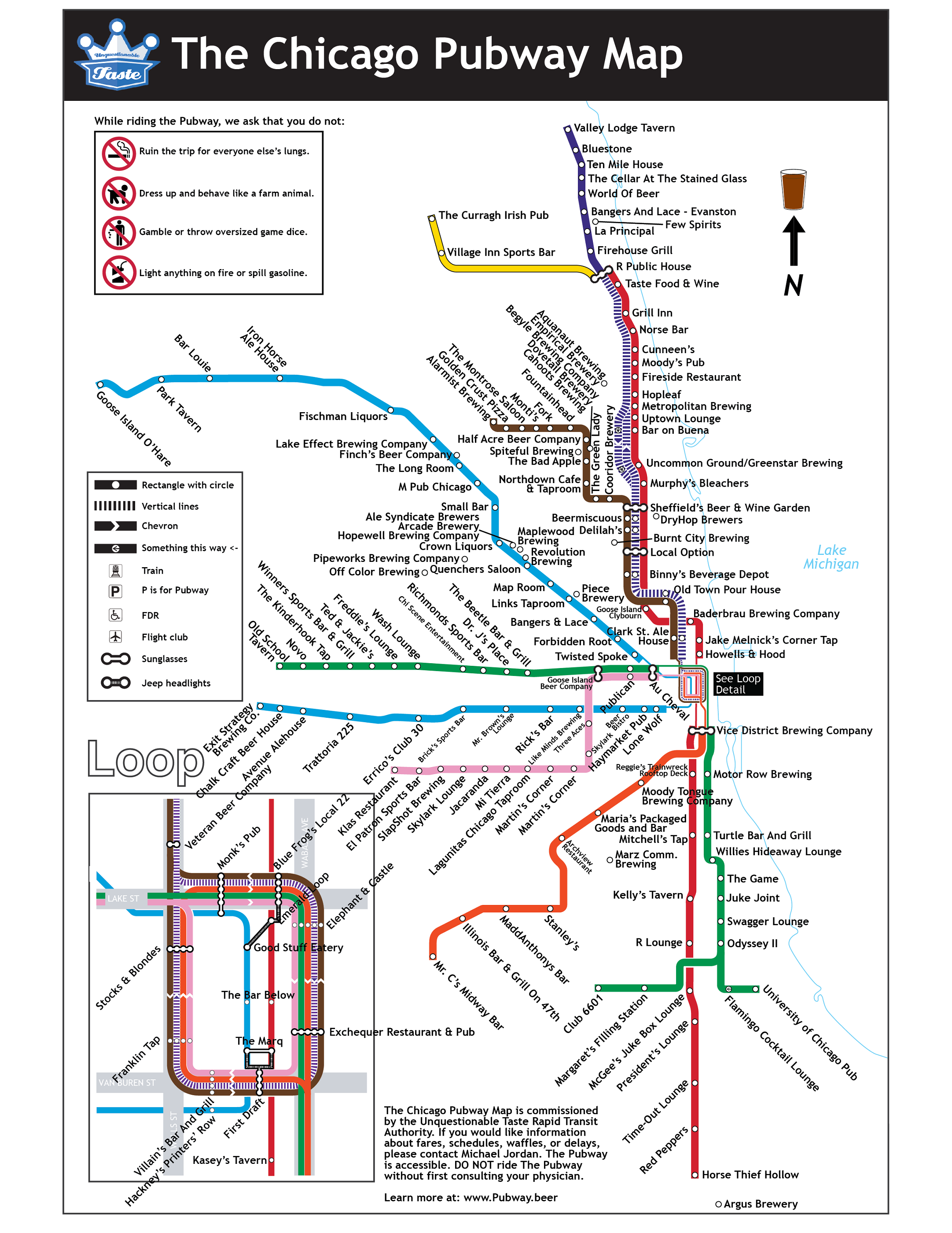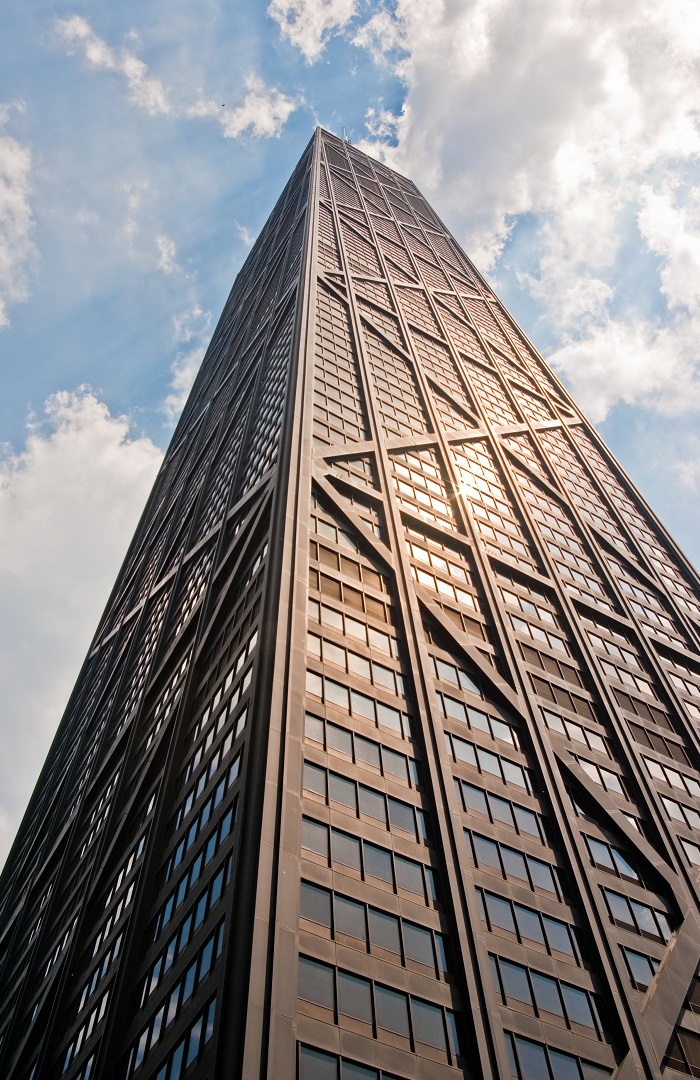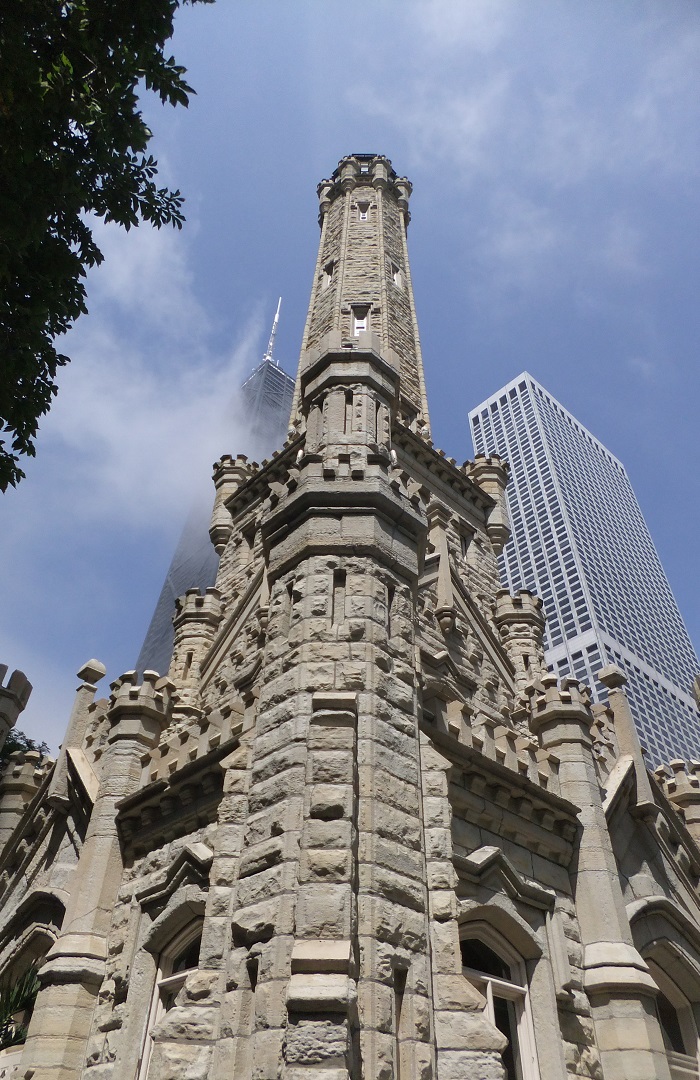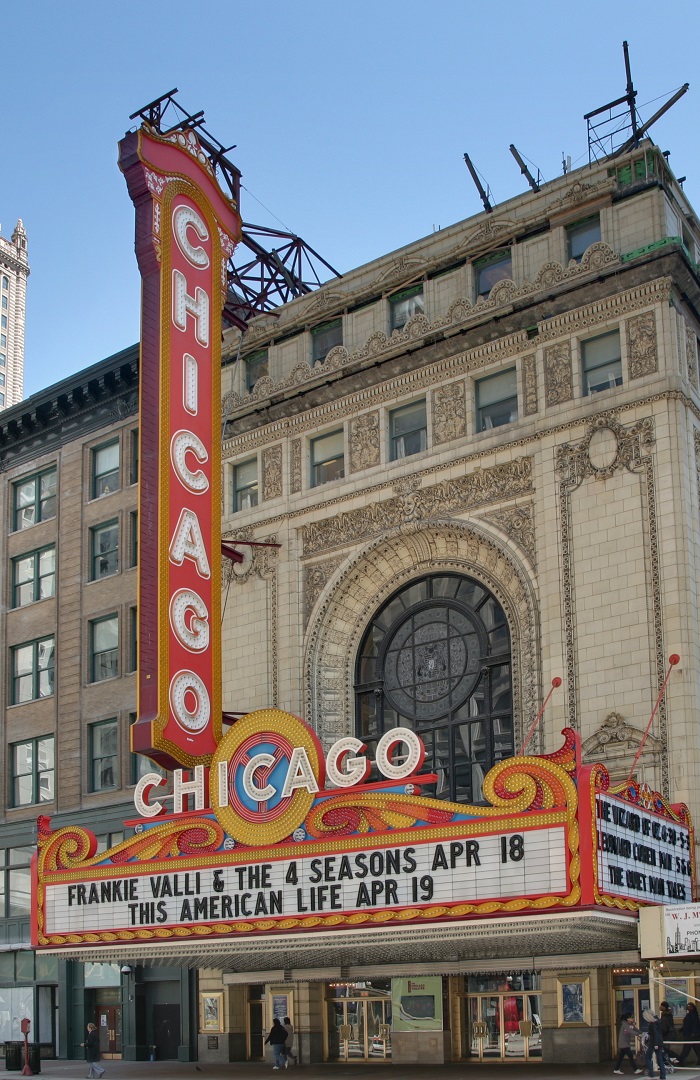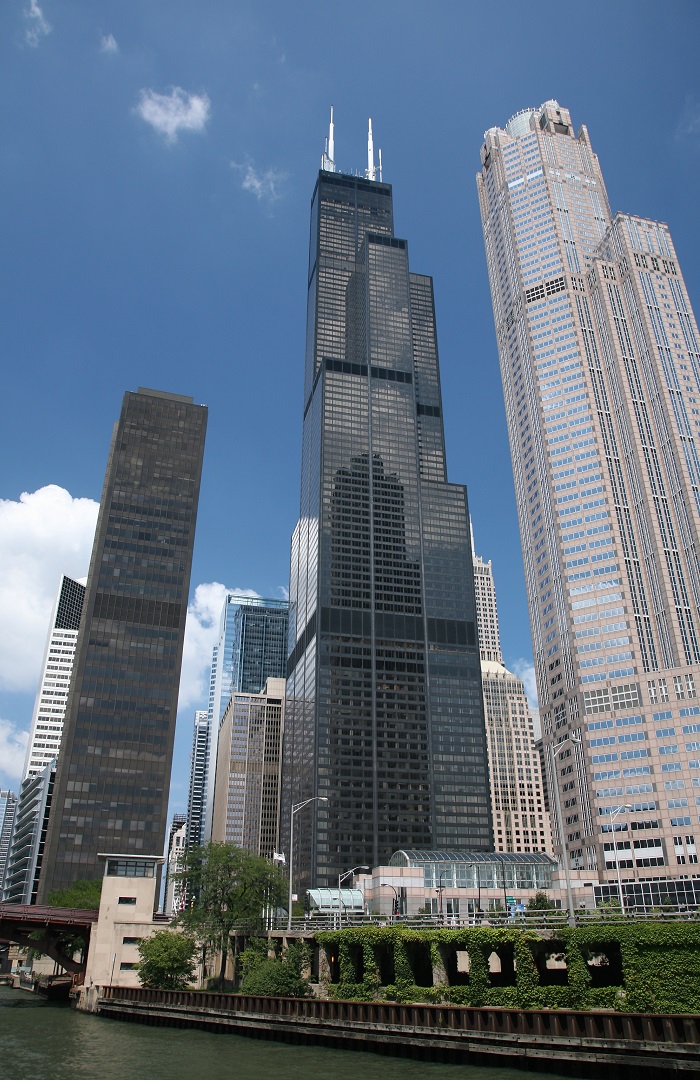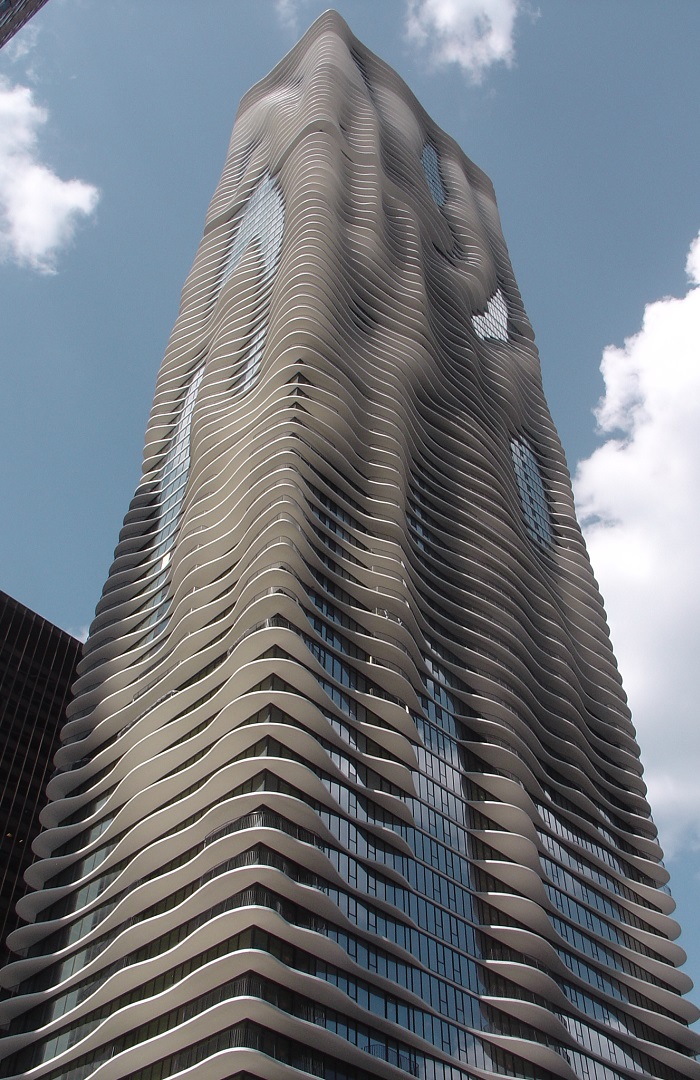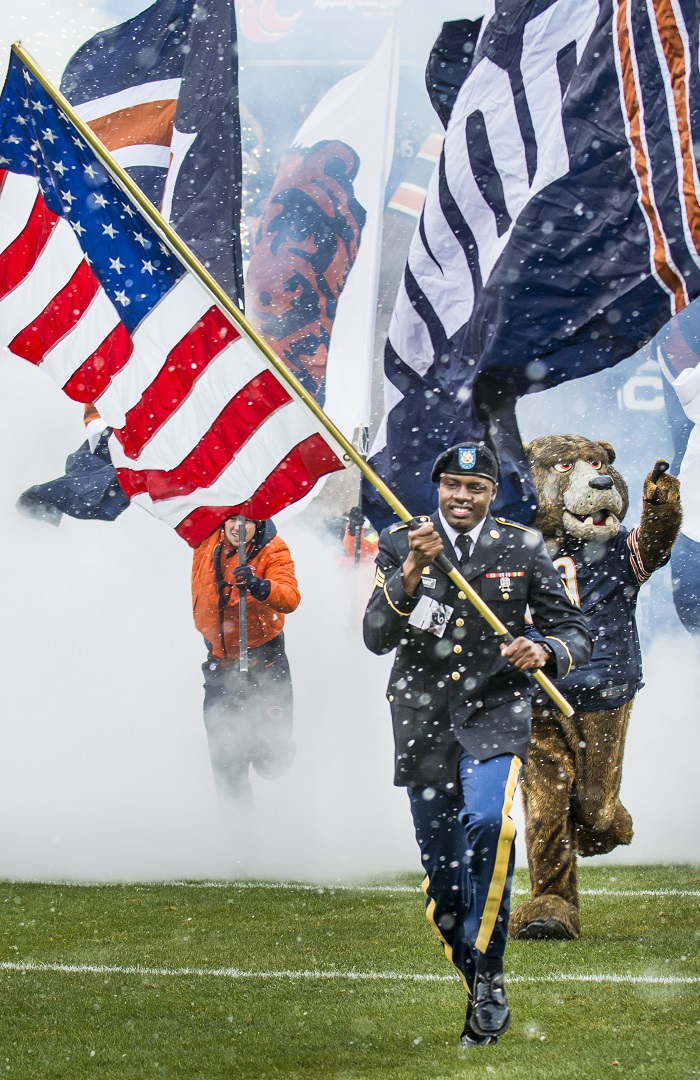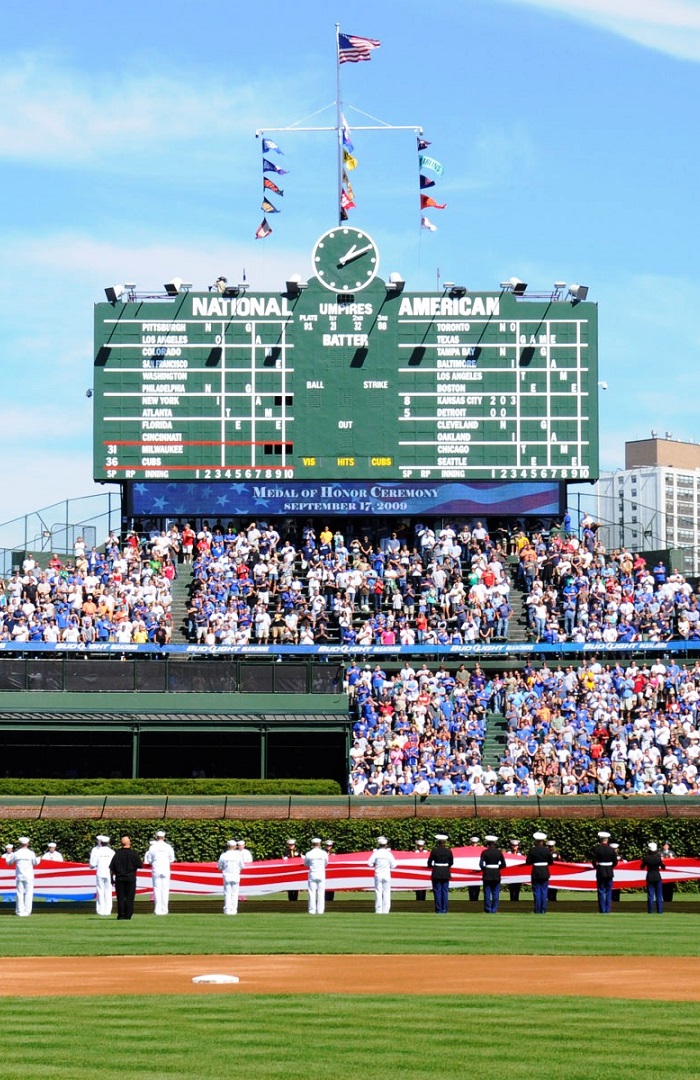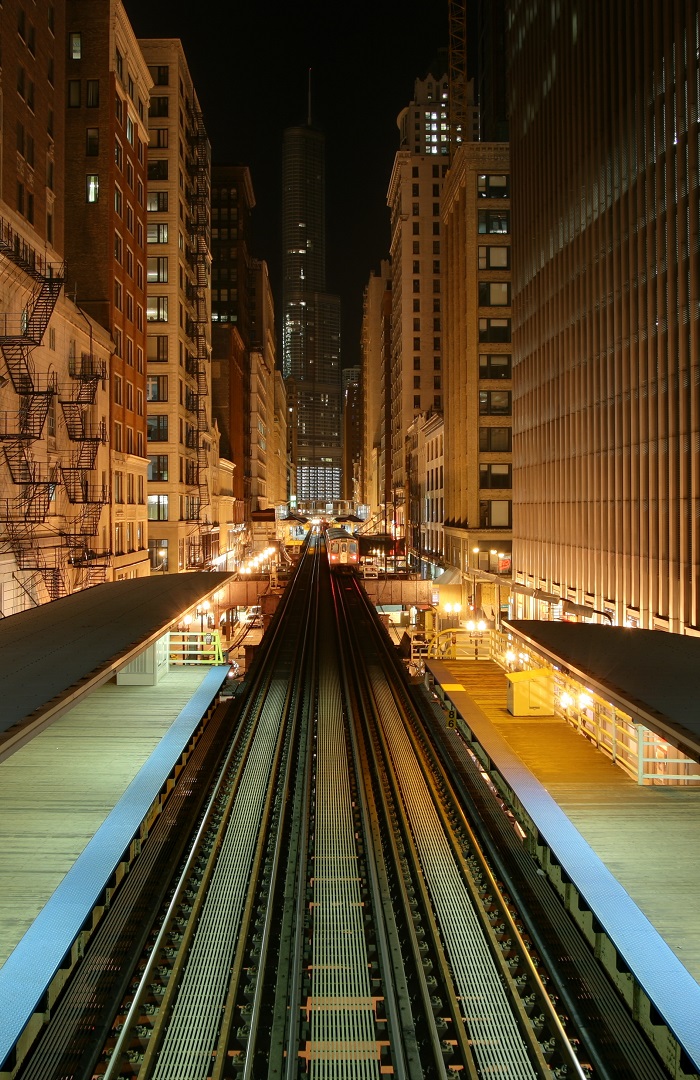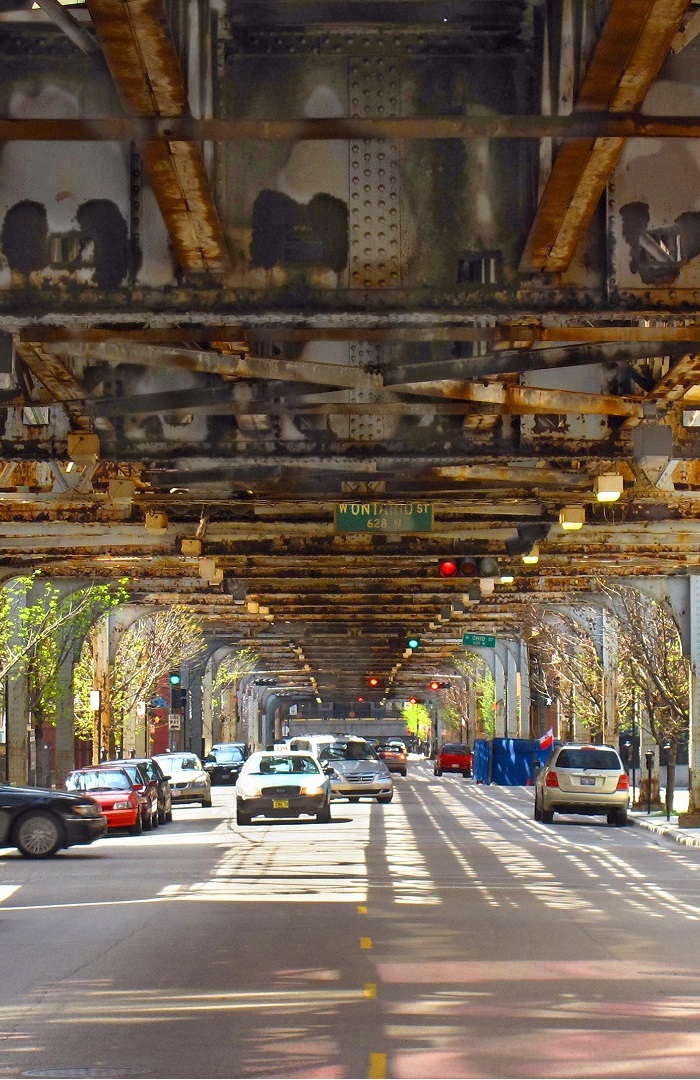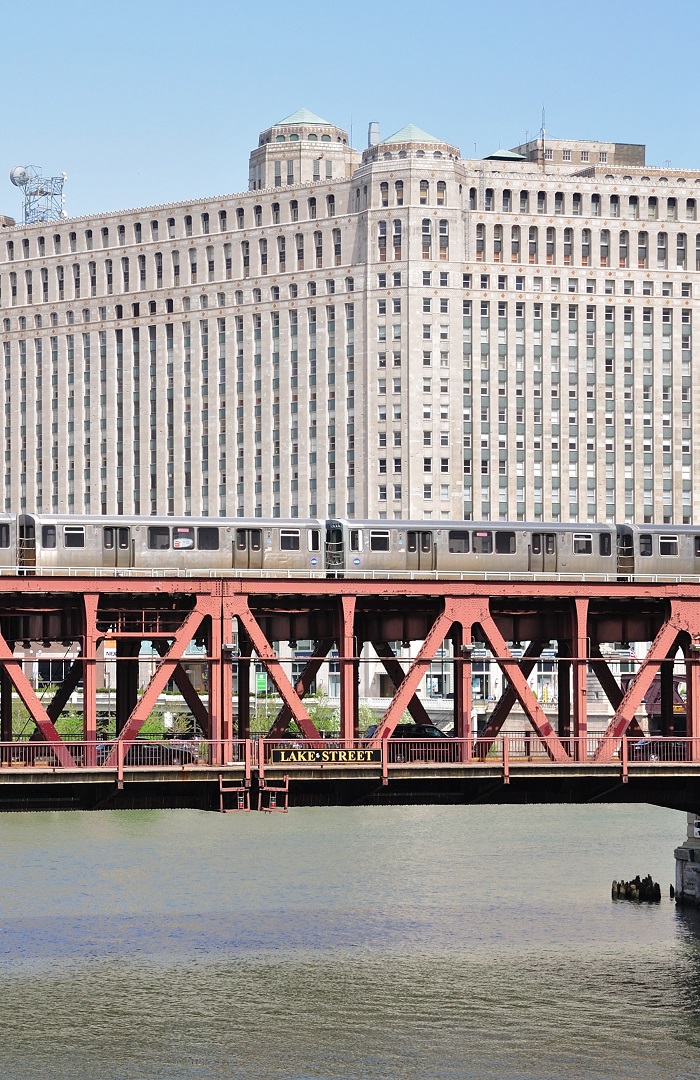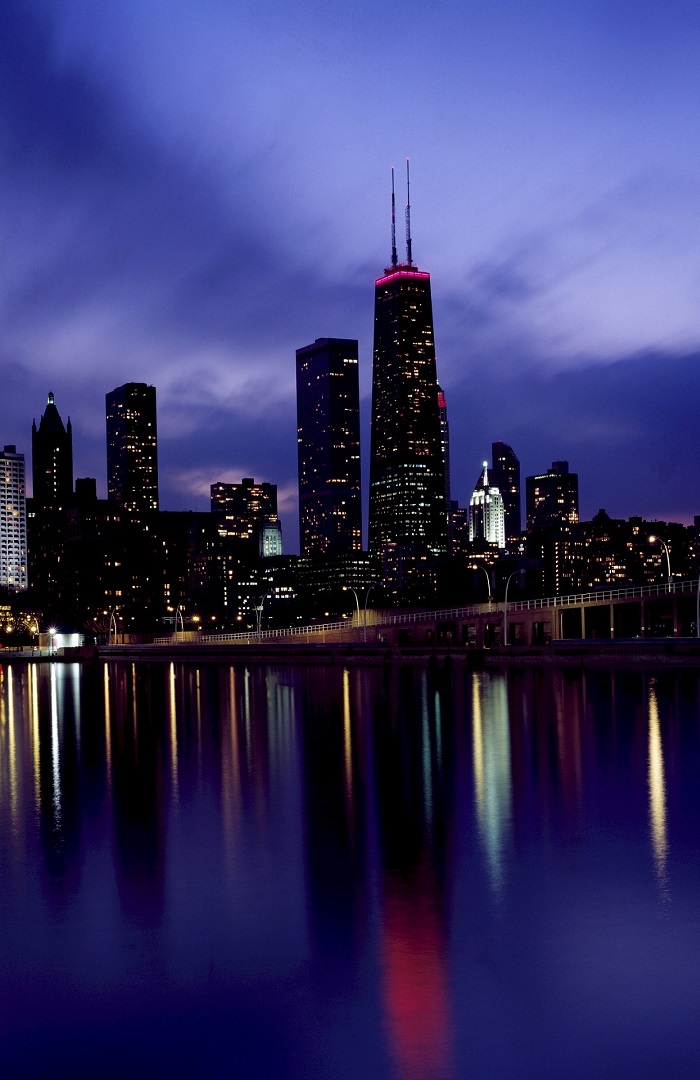During the 1800s, the industry and railroads attracted many skilled workers to Chicago, who immigrated mostly from Germany, Sweden, Norway, Great Britain, Ireland, and The Netherlands. By 1870, the population rose to 300,000 residents. Again, the immense growth of the city came at a cost. Numerous engineering shortcomings and undisciplined authorities led to massive vulnerabilities from disasters, both natural and man-made. Around 9 PM on October 8th, 1871, a fire broke out in a shed next to a barn on a farm owned by the O’Leary family which would be the origin of the Great Chicago Fire. The exact cause of the fire is unknown, but a popular story is that a lantern was kicked over by Mrs. O’Leary’s cow. What made the fire so “Great” however, was that the region had been in a drought for months and the architecture at the time, even the roads and sidewalks, all used wood as the primary building material. The Chicago Fire Department was heavily under equipped and under staffed. To make things worse, the fire department had initially been sent to the wrong place, albeit quickly, and they soon relocated to the actual scene. The fire spread extremely fast, consuming an area of more than three square miles of the city, displacing more than a third of the city’s residents, and killing over 300 people. In the aftermath of the blaze, the city’s government, engineers, and businessowners vowed to rebuild stronger, bigger, and most importantly, smarter. Insurance companies were established and the city’s building standards were rewritten to incorporate fireproofing measures. Many businesses were rebuilt with better safety measures, with one hotel being proclaimed as “The world’s first fireproof building”. The only publicly owned building to survive the fire was the Chicago Water Tower, the country’s second oldest surviving water tower and an engineering inspiration that, yes, White Castle restaurants are modeled after. Twenty one years later, the city hosted the World’s Columbian Exposition, which showcased the city’s engineering and industrial innovations. Architecture would play a large role in transforming the overall dynamic and appearance of the city, which was home to the world’s first skyscraper. Chicago was originally set on softer, swampy ground unsuitable for tall, heavy masonry buildings, but the innovative use of lighter steel frames led to the development of skyscrapers throughout the city, and the birthplace of modern architecture in the United States.



